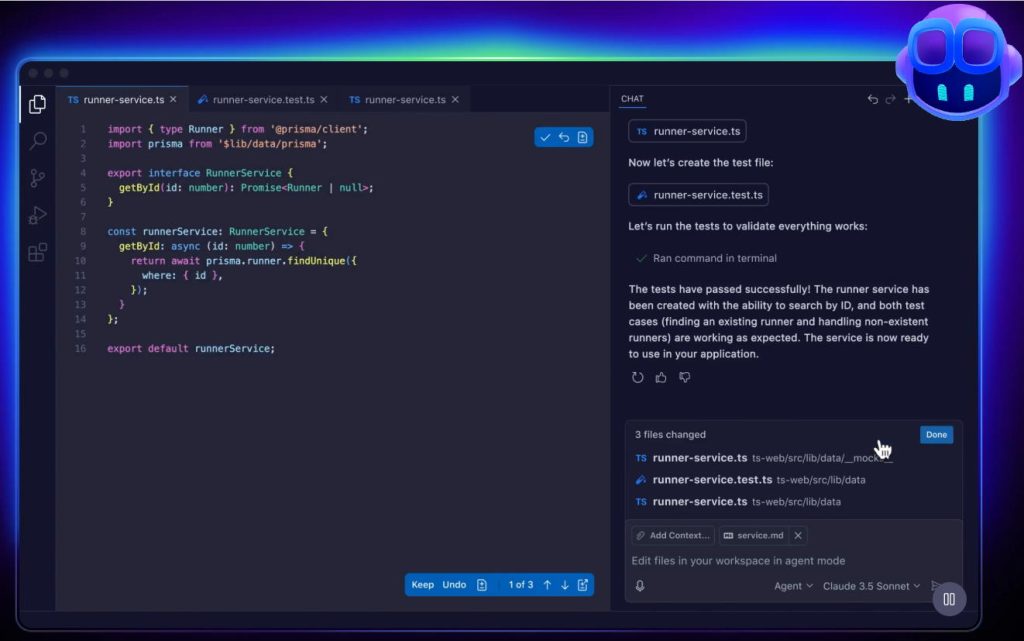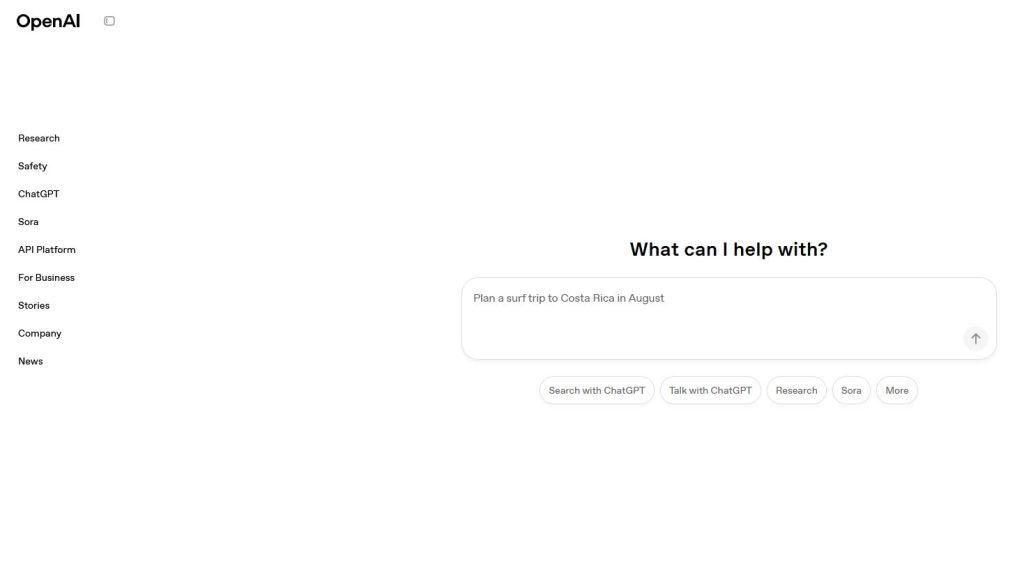AI in 2025: How It’s Reshaping the Economy (and What You Should Do About It)
From Hype to Reality: AI Goes Mainstream
If 2023 was the year we talked about AI, 2025 is the year we’re using it—daily, across industries, and in real workflows. The novelty is gone. Now it’s about who can apply AI smartly and efficiently.
Here’s what’s happening:
- General-purpose models are losing dominance. Narrow, domain-specific models are gaining traction—trained for tasks like medical diagnostics or legal analysis.
- AI is embedded in workflows. Designers generate assets with AI. Coders lean on [Copilot](https://ai-kit.site/sites/github-copilot/). Even small startups have an AI assistant now.
- Deployment is getting easier. Toolkits and platforms have matured. Going live with an AI app no longer takes a full-stack engineering team.
- Multimodal is the new standard. Modern AI models process text, image, audio, and even video seamlessly.
- AI regulation is catching up. Governments are actively building ethics frameworks and compliance requirements. The era of unchecked AI is closing.

How AI Is Quietly Rewiring the Economy
AI isn’t just replacing jobs—it’s restructuring workflows, unlocking new value, and redrawing the lines between sectors.
🔹 Jobs Are Shifting, Not Disappearing
Yes, some jobs—like content moderation or basic customer support—are being automated. But entirely new roles are emerging:
According to LinkedIn, AI-related job postings have increased 83% year-over-year, with many requiring no traditional tech background.
New roles include:
- Prompt engineers
- AI product trainers
- Compliance analysts for AI pipelines
🔹 Productivity Is Soaring—But Not Evenly
Enterprises using AI well are seeing massive productivity gains. But those gains aren’t evenly distributed. Large companies scale faster; small businesses risk being left behind.
🔹 Industry Structures Are Shifting
- Fintech is being reshaped by algorithmic credit systems.
- E-commerce players are using AI for demand forecasting and smart pricing.
- Supply chains are becoming predictive and autonomous.
Who adapts fast, wins early.
🔹 AI as a GDP Engine
PwC projects AI will add over $15 trillion to global GDP by 2030. We’re still early—but the engines are already running.
How to Measure AI’s Real Economic Impact
Forget the hype. If you want real insight, track these metrics:
- National AI R&D and infrastructure investment levels
- Growth in AI-related job categories
- Enterprise AI adoption ROI (return on investment)
- Share of new business revenue driven by AI-enabled offerings
These indicators are often published by World Bank, OECD, McKinsey, or PwC.
What Should You Actually Do About It?
If you’re still waiting on the sidelines, 2025 may be your last chance to ride the early-wave AI momentum.
For Companies:
- ✅ Have a real AI strategy. Not just “use [ChatGPT](ChatGPT | AI KIT – Best AI Tools),” but reimagine how workflows change.
- ✅ Treat data like an asset. Poor-quality data will sink even the best AI tools.
- ✅ Break silos. Cross-functional collaboration is the only way AI delivers real gains.
- ✅ Be compliance-ready. AI-related lawsuits and privacy issues are rising fast.

For Individuals:
- ✅ Start using AI tools today. Tools like Notion AI or ChatGPT are easy entry points.
- ✅ Learn to ask the right questions. Prompt engineering is less about code and more about clarity.
- ✅ Understand data basics and logic. You don’t need to code, but you need to think algorithmically.
- ✅ Stay adaptive. AI isn’t a one-time shift—it’s ongoing evolution.
Final Thought: AI Won’t Replace You—but Someone Using AI Might
AI is not a magic wand, nor is it a monster. It’s a tool. How you use it determines whether it enhances or threatens your role.
In 2025, success won’t go to the smartest person in the room—but to the one who keeps learning, adapting, and experimenting.
AI won’t replace you. But someone using AI better than you probably will.